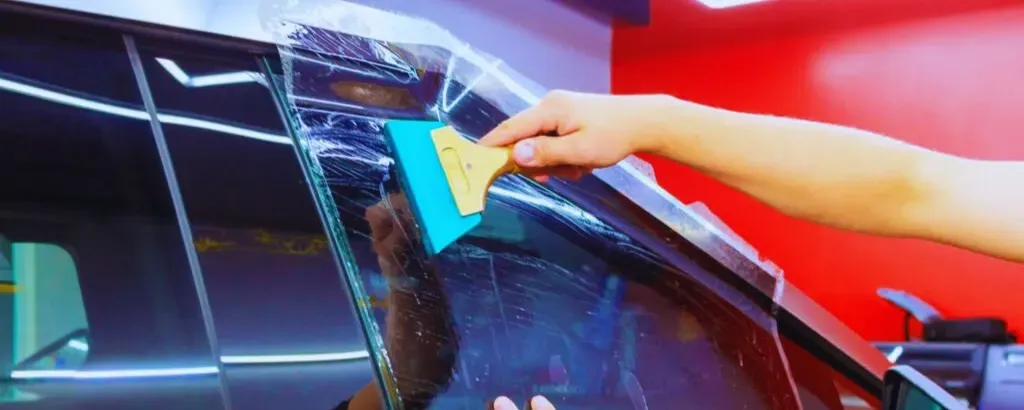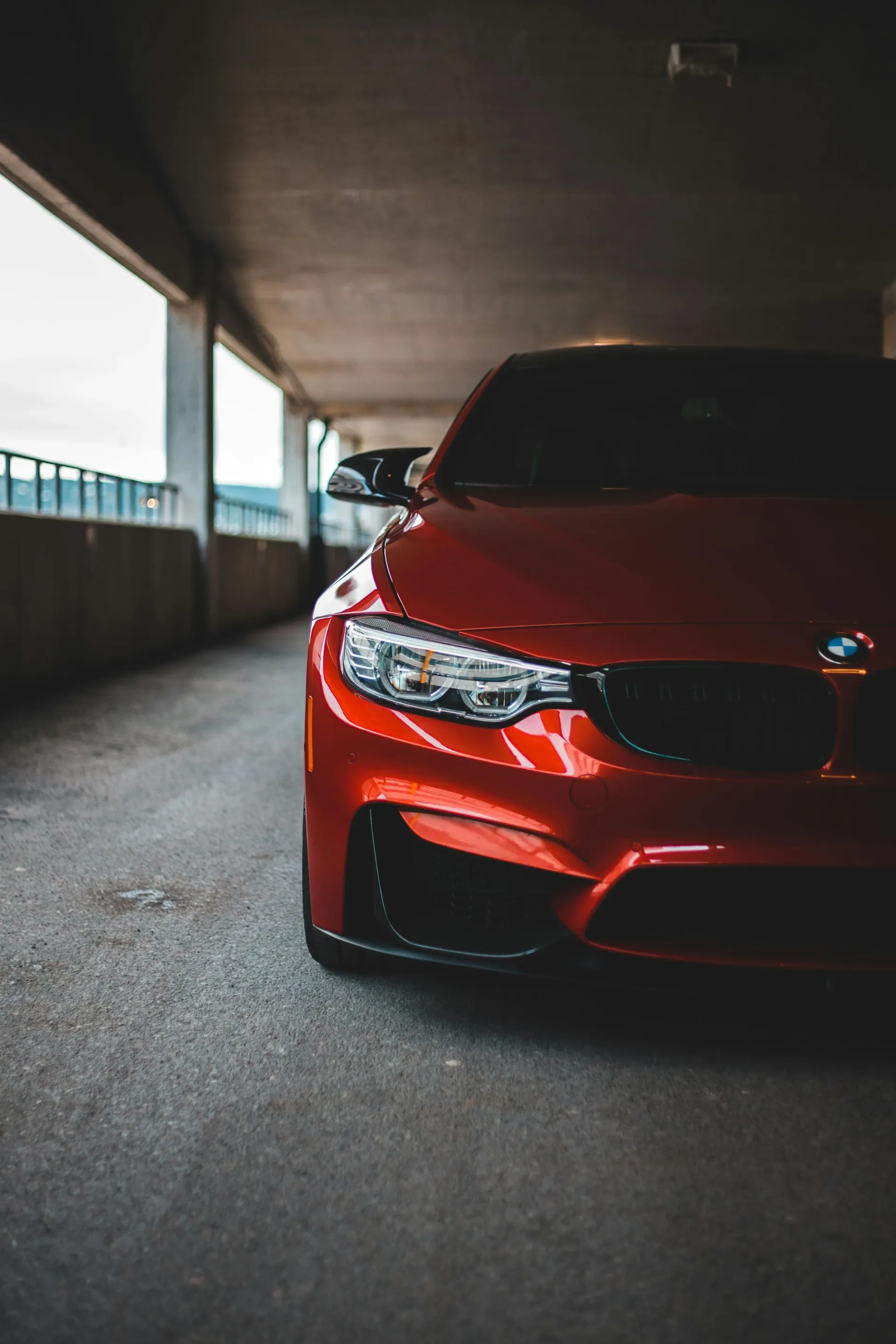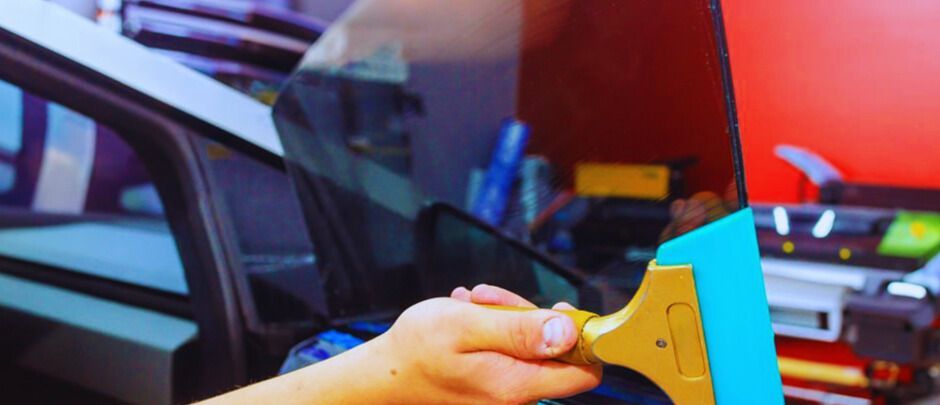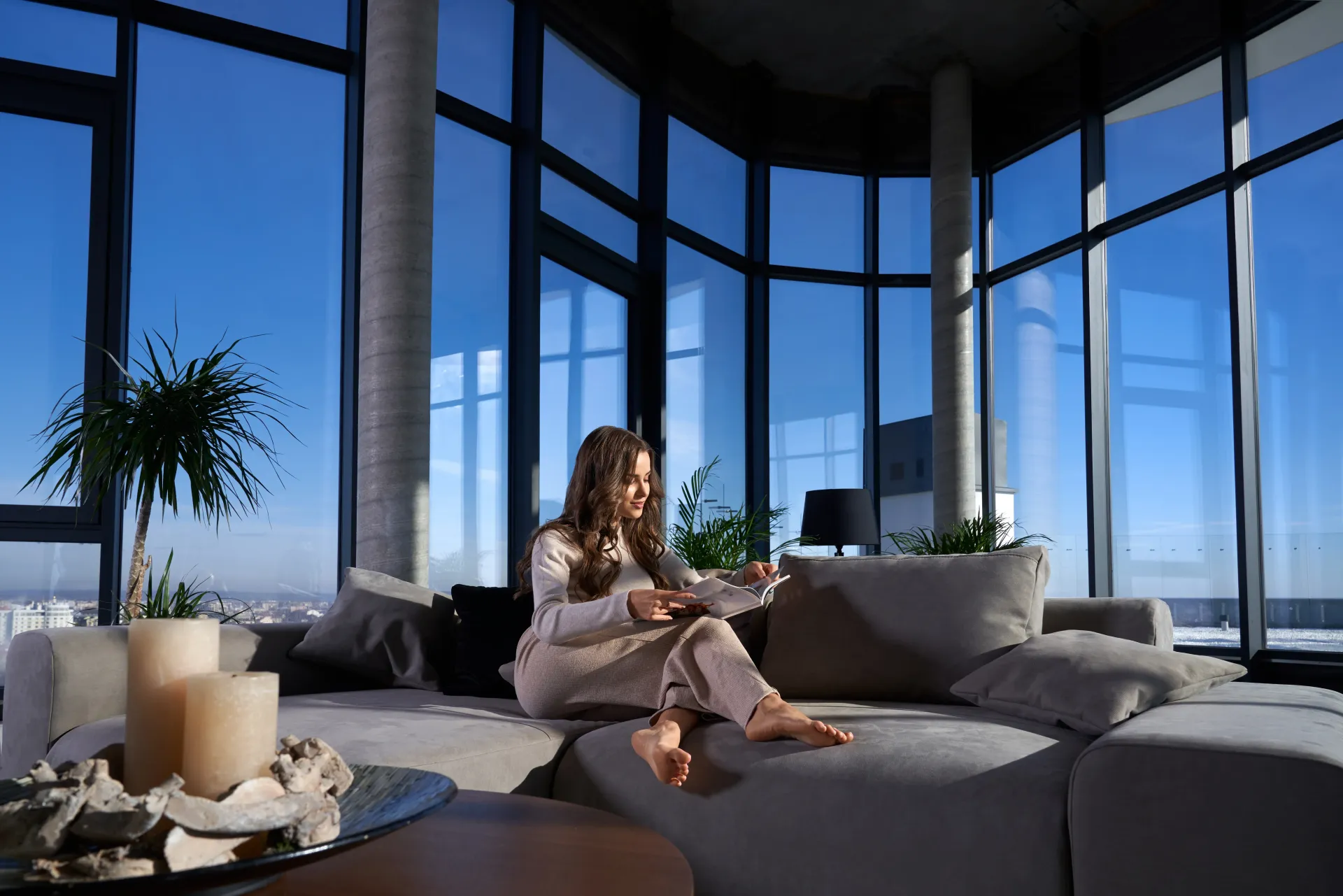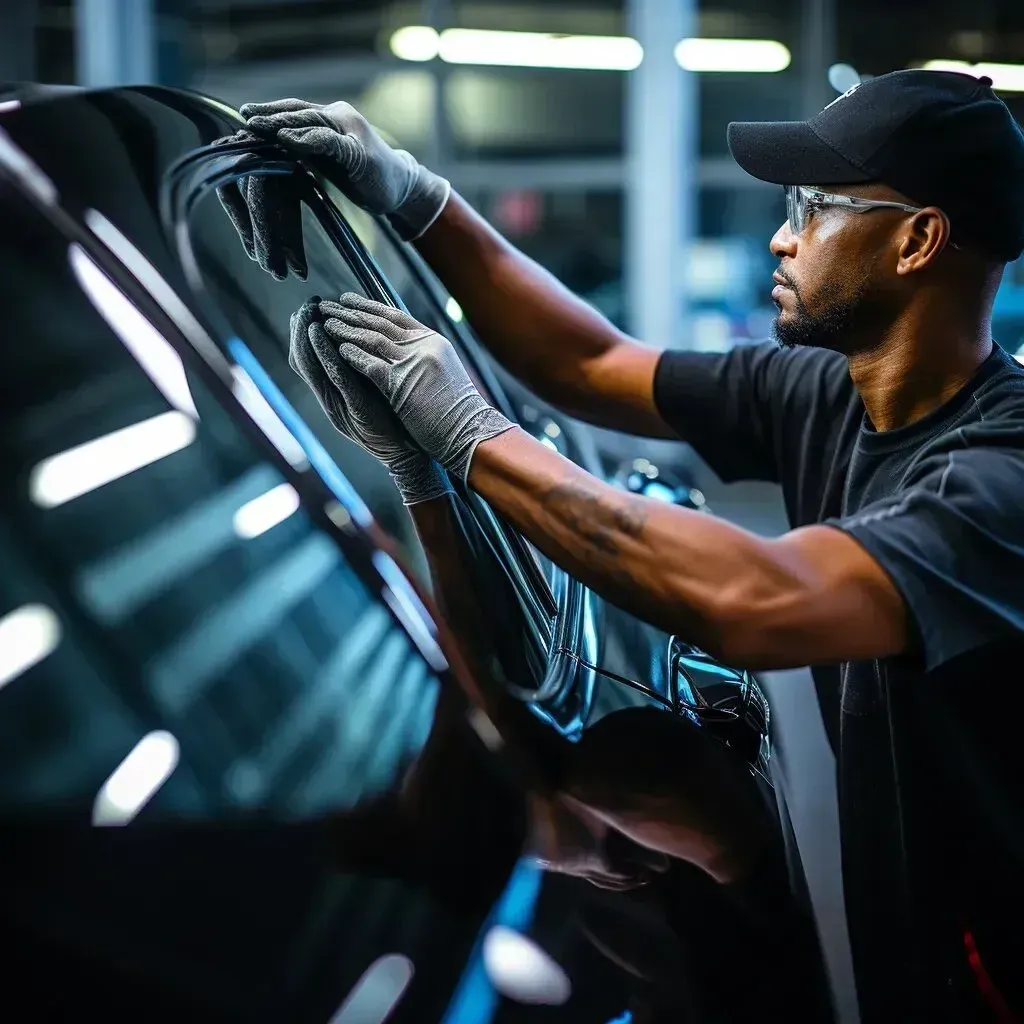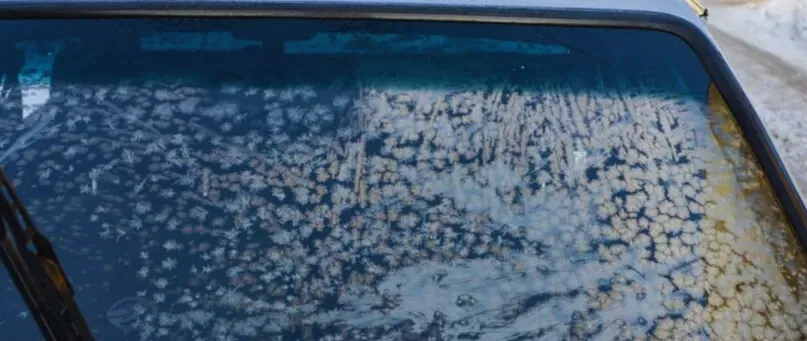Top Things to Avoid When Choosing the Right Window Tint for Your Car or Home
Window tinting can be a fantastic investment for both vehicles and homes, providing benefits like privacy, UV protection, heat reduction, and improved aesthetics. However, selecting the wrong type of tint or making common mistakes during the buying process can lead to disappointment, wasted money, or even legal trouble. In this guide, we’ll explore the top things to avoid when choosing the right window tint for your car or home, helping you make an informed decision that pays off for years.
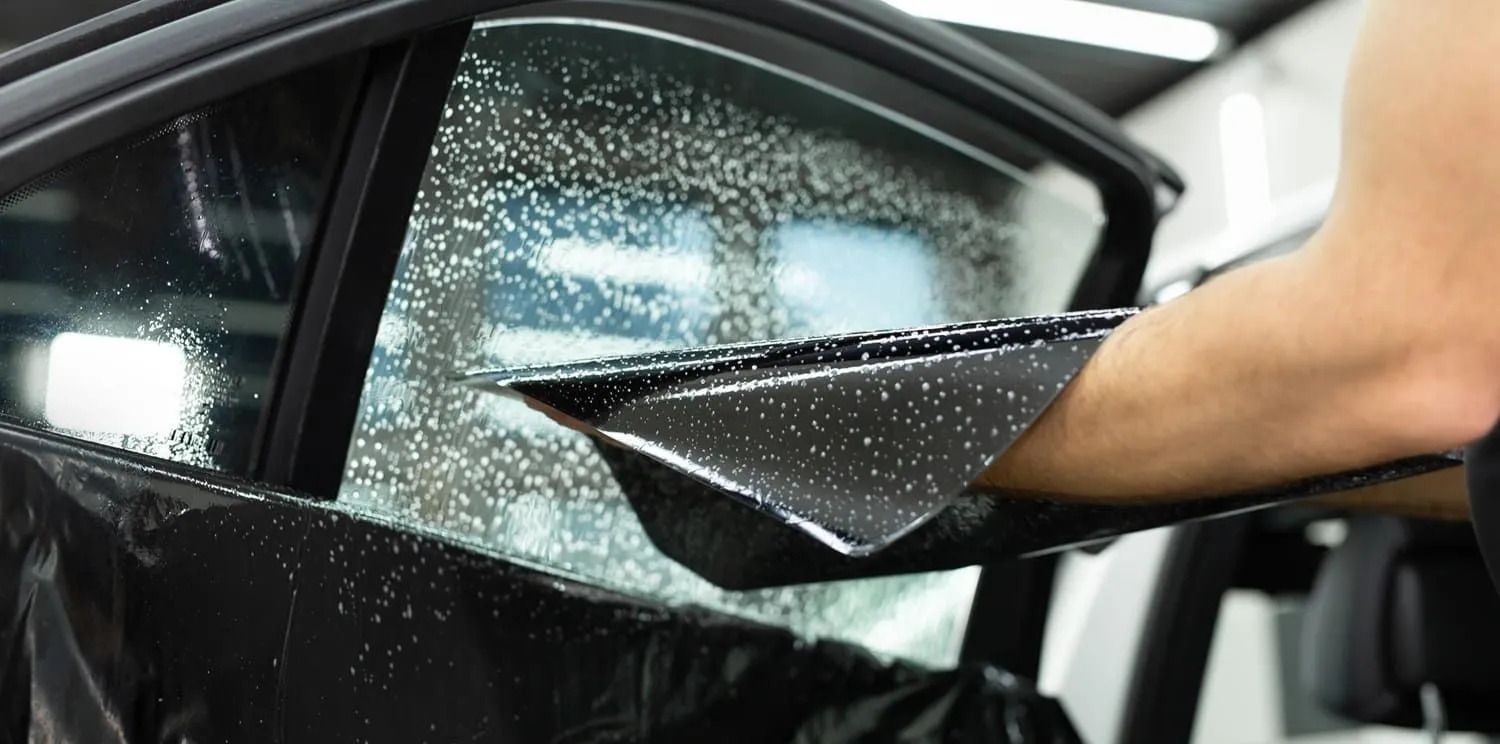
Understanding the Importance of Choosing the Right Window Tint
The right window tint does more than just look good—it protects your health, preserves your interiors, and improves your driving or living comfort. Poor-quality tint, on the other hand, can bubble, fade, or even cause dangerous visibility issues. By understanding what to avoid, you’re already ahead of the game.
Top Things to Avoid When Choosing the Right Window Tint for Your Car or Home
Let’s break down the most common pitfalls people face and how to sidestep them.
Avoid Choosing Tint Without Checking Local Tint Laws
Every state or region has its own regulations for allowable tint levels. Installing a tint that’s too dark for your area could mean fines, failed inspections, or forced removal. Always research your local laws before making a decision. If you’re unsure, a reputable Mobile Window Tinting Service can guide you toward compliant options.
Steer Clear of Extremely Dark Tints That Reduce Visibility
While darker tints may seem appealing for privacy, they can make it harder to see at night or in bad weather. This can be dangerous for drivers and uncomfortable for homeowners who rely on natural light.
Don’t Pick the Cheapest Option Without Considering Quality
Low-cost tints often sacrifice durability and performance. They may fade, peel, or bubble within months. Investing in quality tint ensures longer lifespan, better UV protection, and a cleaner look.
Avoid Tints Without UV and Heat Rejection Properties
A good window tint should block at least 99% of harmful UV rays and significantly reduce heat. Without these features, you’re missing out on key benefits that protect your skin, furniture, and car interiors.
Never Skip Professional Installation
Even the best tint film will fail if poorly installed. DIY jobs often lead to visible seams, dust bubbles, and peeling edges. Hiring a pro, such as through the Contact page of a trusted installer, ensures a flawless finish.
Don’t Choose Tint Based Solely on Appearance
While looks matter, performance is more important. Decorative tints may look stylish but could lack heat rejection, UV protection, or legal compliance.
Avoid Ignoring the Warranty and After-Sales Support
A warranty is your safety net. Without it, you’ll have to pay out of pocket if the tint peels, bubbles, or fades prematurely. Always ask about coverage length and terms.
Steer Away from Low-Quality Adhesives That Cause Peeling
Cheap adhesives break down in heat, causing ugly bubbles and peeling edges. Quality films use strong, heat-resistant adhesives that keep the tint firmly in place.
Don’t Overlook Safety Glass Compatibility
Not all tints are suitable for all glass types. For example, some films may cause thermal stress cracks in certain safety glass panels.
Avoid Tints That Interfere with Signal Reception
Metalized tints can block GPS, cell, or radio signals. If you rely heavily on these, choose ceramic or carbon films instead.
Don’t Forget About Maintenance Requirements
Some tints require special cleaning solutions and techniques. Using harsh chemicals or rough cloths can damage the film.
Avoid Tinting Without Considering Climate and Sun Exposure
Homes in sunny areas may need higher heat rejection ratings, while cars in cooler climates may benefit more from moderate shading for visibility.
Steer Clear of Old or Outdated Tint Technology
Modern films offer better UV protection, clarity, and durability. Avoid older dyed films that fade quickly.
Don’t Ignore Energy Efficiency Benefits for Homes
Energy-efficient tints can lower your cooling bills and improve comfort. Not considering this can be a missed opportunity for long-term savings.
Avoid DIY Tint Kits Without Experience
While tempting for budget reasons, DIY kits often lead to uneven application and wasted material. Professional work delivers better results and longer life.
Key Tips for Selecting the Right Tint Instead of Making Mistakes
- Research local laws before buying
- Focus on quality and performance, not just looks
- Choose a professional installer
- Ask about warranty terms
- Match tint type to your lifestyle and climate
FAQs
What’s the biggest mistake people make with window tinting?
Not checking local tint laws before installation.
Do darker tints block more heat?
Not always—heat rejection depends on the film type, not just darkness.
How long does professional tint last?
Quality films can last 10+ years with proper care.
Can I remove tint myself?
Yes, but it’s labor-intensive and may leave adhesive residue.
Is ceramic tint worth the cost?
Absolutely—it offers superior heat rejection and clarity without signal interference.
Does tinting my home’s windows really save energy?
Yes, especially in hot climates where reduced heat gain lowers AC usage.
Conclusion
Choosing the right window tint is a blend of legal compliance, performance, and professional expertise. By avoiding the common mistakes outlined above, you’ll enjoy better comfort, protection, and value for years. Whether it’s for your car or your home, work with a Mobile Window Tinting Service you can trust.


